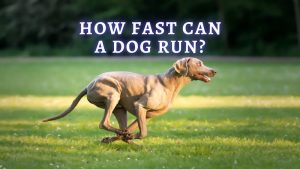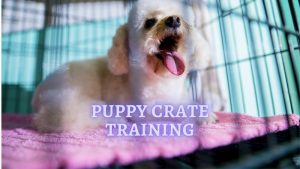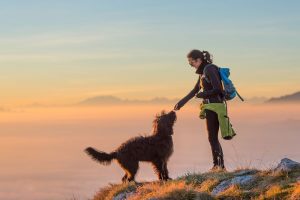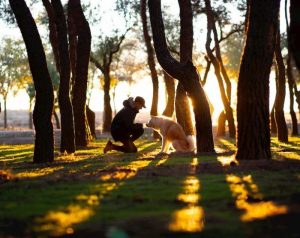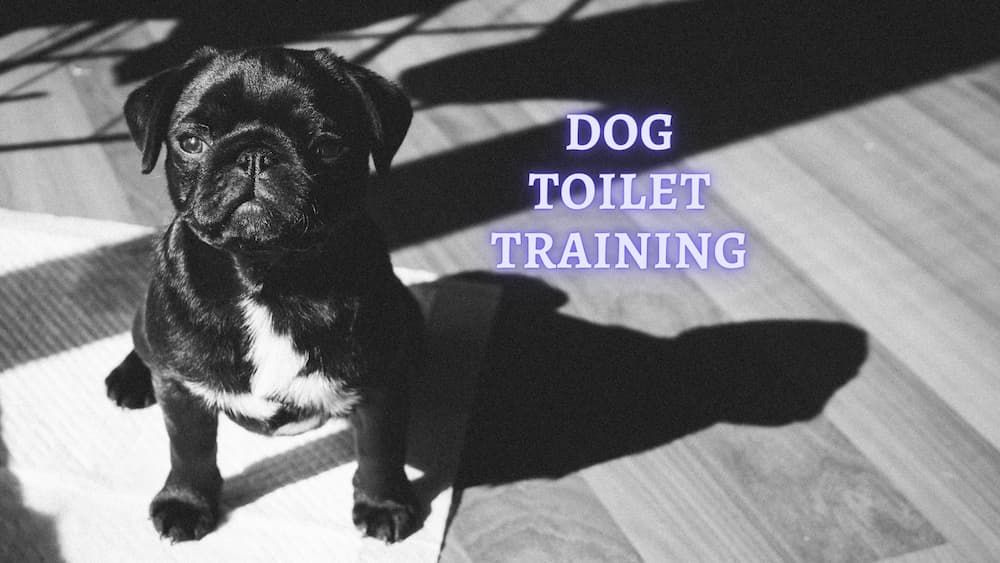
Raising a puppy includes the important task of training it to be clean and hygienic. Toilet training a puppy of any breed will depend on its attitude and disposition. Dogs, like many animals are, by nature, clean, so pups can quickly learn the lessons of hygiene based on their owner’s actions and attitude in the first days and weeks of being in their new home.
The key to success is patience and the understanding that a puppy being toilet trained can make “mistakes.” On average, it takes a puppy 4-5 months to get full control over their urination and defecation.
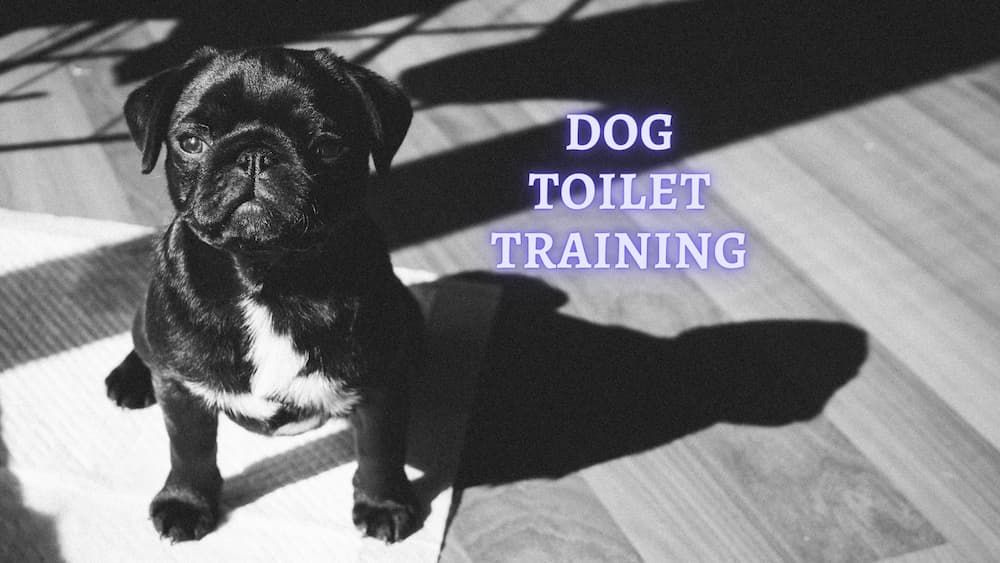

Photo by Michelle Middleton on Unsplash
How to Train a Dog to Toilet Outside?
As with many animals, the main “sanitary” rule of a dog is not to relieve itself where it sleeps. Therefore, they need to go to the toilet on the street, and if the owner wants to instill this behavior in his four-legged friend, it is essential to train it correctly.
You can train a puppy to use the toilet outside of the house when it can go for full-fledged walks and its body is sufficiently developed to allow it to control itself when it needs to go to the toilet. As you know, until a pet’s first vaccinations, it is best to only allow them outside in places such as your back garden and they should always be supervised. When in a new environment, puppies should be held in your arms and not allowed to contact dogs of unknown vaccine status. Logically, at this time, it is impossible to teach a dog to go to the toilet on the street just yet.
It should be understood that puppies go to the toilet after sleeping, eating or playing, so carefully watch a puppy in these situations – you will be able to tell when it needs to urinate or defecate. For example, they may start sniffing in a corner or walking about from side to side. Once you notice this, you need to get your dog outside – the faster the better. Not all dogs know that they should scratch the door or bark before going outside.
READ MORE: Raising a Puppy: Guide
Several rules will help you train your dog to relieve themselves during walks:
- Feed your dog according to a schedule. Every day, meals should be at the same time, and their bowl should be removed when it is not mealtime. Always be aware of where and what your dog is doing.
- When walking, praise it, give it a treat for doing its business, providing it with some much-needed positive reinforcement.[2]
- Go for a walk with your dog at the same time each day. Train your dog to walk at the same time and you will not have to clean up its surprises.
- At first, you can walk your pet several times a day. Dogs should always be taken out in the morning, before going to bed at night, as well as before leaving the pet for a long time. Adult dogs need to be walked at least 4 (I would say two, four seems excessive) times a day.
- It is best to start training your puppy when you have plenty of time to do so – ideally, you should be at home all day. And when you start training, don’t give up halfway through.
READ MORE: The Best Artificial Grass for Dog Potty
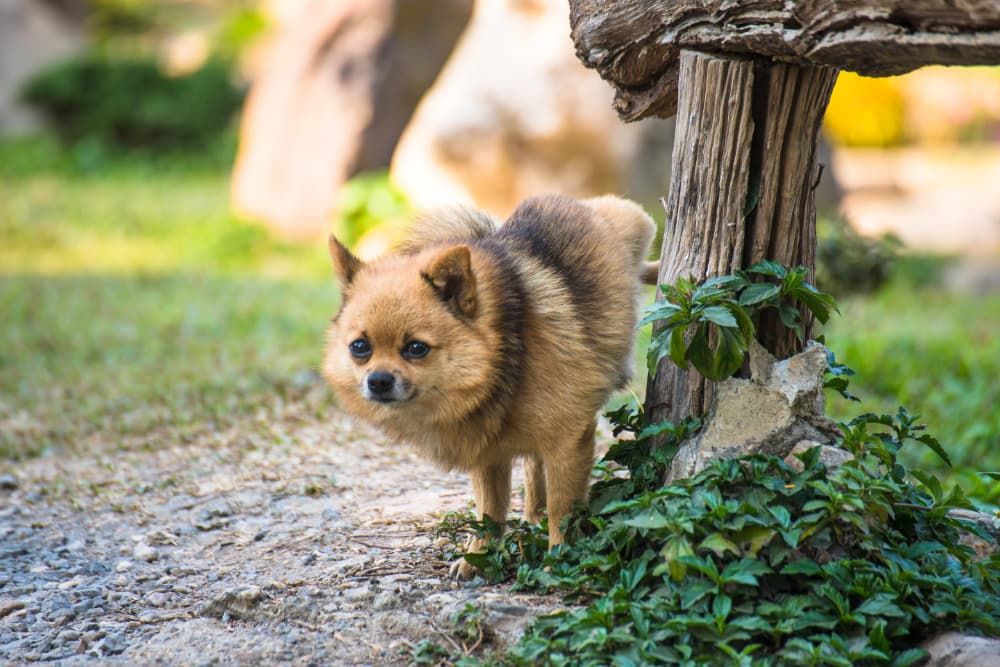

Image by @jomvairai from FreePik
How to teach your Dog to use the Toilet at Home?
The dog should be trained to use puppy pads when you do not have the opportunity to walk it outside. You should teach your dog to relieve itself in the apartment from the very first day, so they understand that it is acceptable.
If a pet wants to go to the toilet, it begins to spin around, actively sniff and/or whine in search of a convenient place.You need to carefully lift the puppy to the designated area which is usually a puppy pad (though some owners may find litter trays useful). To acclimatize a puppy to use a toilet in a specific place, at first, do not change the pad right away. The smell will attract it and allow the pup, to understand where it needs to go. You can also reward them when they use the puppy pad by saying ‘Well done!’, stroking them and offering them a tasty treat.
The more mature the dog, the more difficult the training will be. First, buy plenty of training pads or a tray with low sides. To fill a tray, most will use newspaper or a disposable diaper. If possible, before you bring the puppy home, remove any rugs or blankets they may decide are their new ‘toilet’.
Look at the places your pet has chosen to toilet. These places are chosen instinctively and are usually close to a door, balcony or window. After the puppy has decided on a place for the toilet, if it is a happy location, place the puppy pad or tray there.
If the puppy has chosen places for the toilet that are not suitable for you, put bowls of water and food there. Dogs do not generally relieve themselves where they eat.
After you have prepared the area for them to do their business, start training your pet. Several rules will help you train your dog to pee in a certain place:
- As soon as the puppy begins to spin around and look for a place to relieve itself, bring it to the designated spot.
- After eating and sleeping, bring the pup to do their business straight away.
- If the puppy goes in the ‘toilet’, praise and reward them; give them a tasty treat and stroke them.[1]
- If the puppy made a puddle on the floor, blot it with a diaper or paper towel, then bring the soiled item to the designated toileting area so they understand where they are meant to go.
There are sprays available which can help you train your pet to toilet in specific locations; spray it in the desired location to attract the pup. There are also sprays which can have the opposite effect and will keep the puppy away from certain places.
READ MORE: How Many Treats Per Day For Puppy?
Praise the puppy for each successful attempt to go to the toilet. It will soon become a habit.[3]
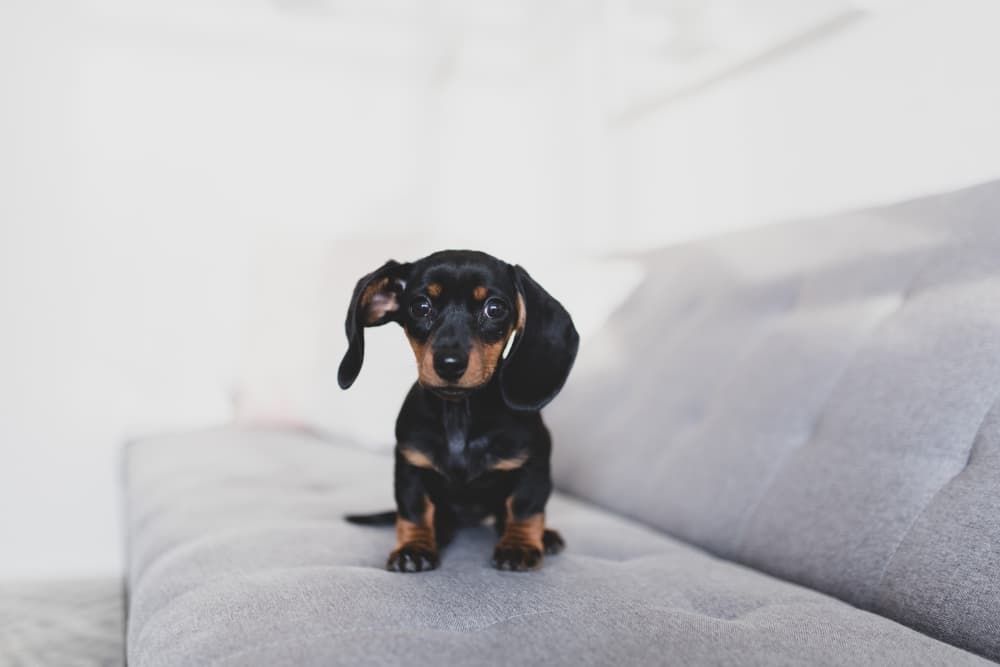

Image by Dominika Roseclay from Pexels
Important: You should consult a veterinarian if the puppy goes to the toilet too often and in different places. This could be the result of a medical disorder such as a urinary tract infection or hypospadias. Therefore, it is very important to pay maximum attention to a dog’s toileting habits.
The optimal way to feed puppies is to combine dry and wet food (see our articles) for more information.
Article Sources:
- JaneRooney, Nicola. Training Methods and Owner–Dog Interactions: Links with Dog Behaviour and Learning Ability. sciencedirect.com/science/article/abs/pii/S0168159111000876.
- Browne, Clare. “The Effects of Delayed Positive Reinforcement on Learning in Dogs .” Semantic Scholar, semanticscholar.org/paper/The-Effects-of-Delayed-Positive-Reinforcement-on-in-Browne/6efdd1bb59365604c65e258ad609f66b2729bd22.
- Rossi, A. “Owners Frequently Report That They Reward Behaviors of Dogs by Petting and Praising, Especially When Dogs Respond Correctly to Commands and Play with Their Toys.” Semantic Scholar, semanticscholar.org/paper/Owners-Frequently-Report-that-They-Reward-Behaviors-Rossi-Maia/b7f1d5265b01c8330faf6ba9b0736487f22e814a.

